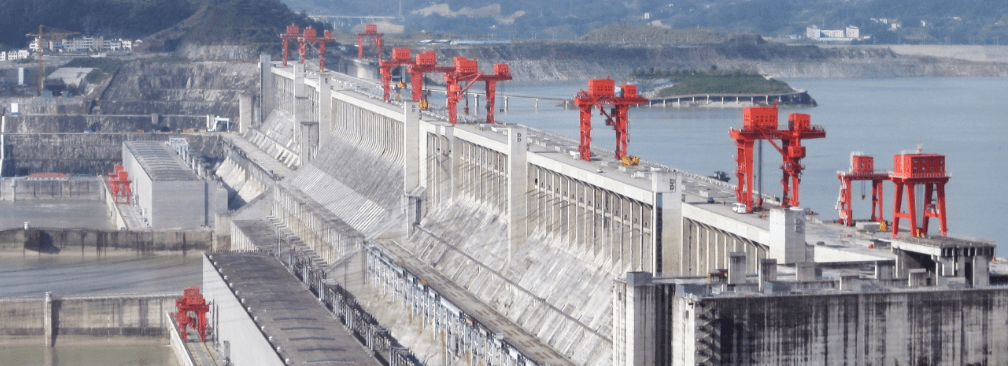(CPC) China has historically had few vital interests in the South Caucasus. Distance, along with the region’s unpredictable political and economic conditions, precluded China’s involvement in the region. In comparison with Central Asia, South Caucasus markets were marginal, population were low and investment opportunities challenging. Beijing was involved in only a few oil projects in Azerbaijan, mostly for representation rather than economic benefits. Chinese presence was merely for showing the presence of Chinese interests without massive involvement. Relations between the two countries were positive, but neither side considered the other to be an essential strategic partner. Geographical distance and the absence of large-scale Chinese investments meant that there was little to drive the relationship forward. However, starting from the second half of the aughts, China slowly began to look at the region from a different angle.
Surprisingly enough, it was the European Union’s TRACECA project (Transport Corridor Europe-Caucasus-Asia) that turned China’s interests to the region by demonstrating its potential as a logistical hub for East-West trade. Since 1998, the EU has invested around $800 million into capital projects and the renovation of ports, railroads, and roads along the TRACECA corridor, which includes the countries of Central Asia and the Caucasus. Member states have also pursued integration of their infrastructure, tariffs, and logistical chains. By 2007, trade among TRACECA members surpassed $40 billion, while their combined trade with the EU reached $290 billion that is almost ten times more compared with 1996 figures. Of this, 70 percent of the trade was in oil, with most of the trade flow passing through the Azerbaijani-Georgian segment of the corridor. Meanwhile, Azerbaijan, located at the crossroads of major Eurasian land and air transport corridors, has invested millions of dollars in commercial infrastructure and transport projects over the last decade, aiming to position itself as a key link between Central Asia, the South Caucasus, and Europe. […]
Read More © Caspian Policy Center










